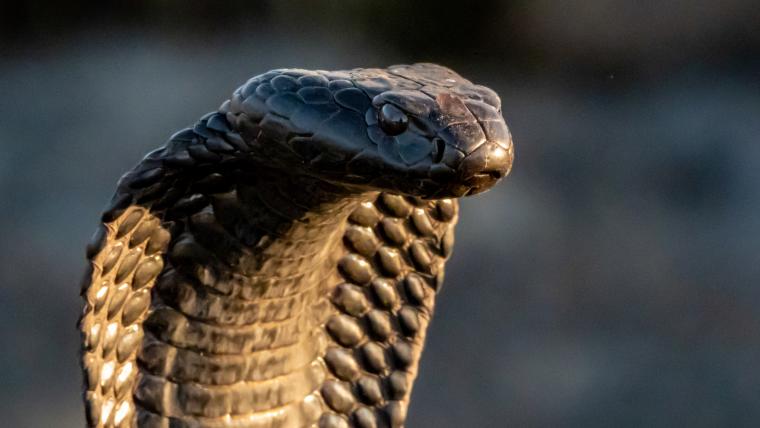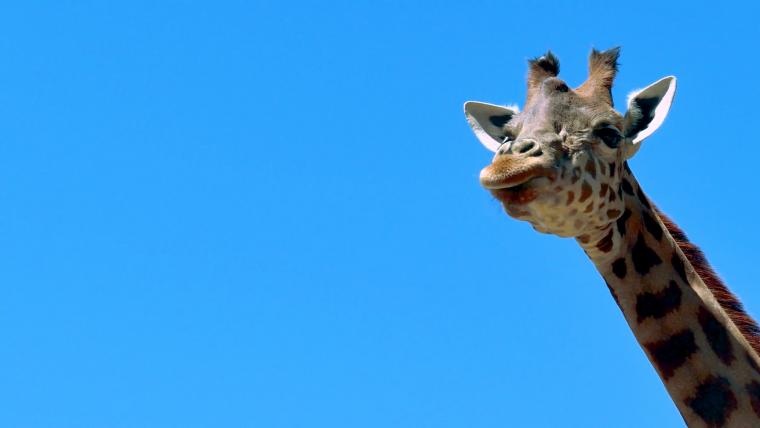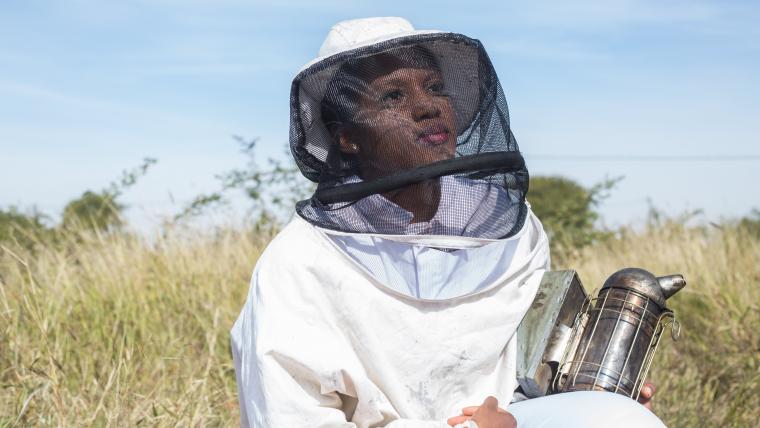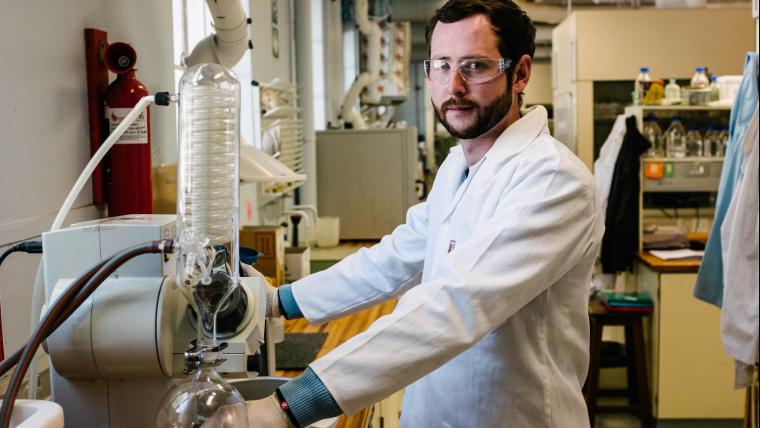
Fearsome or fearful? Meet the cobra that’s all spit and no strike
On summer days in southern Africa, the air shimmers with heat. Shadows are short beneath the noon sun. Underfoot, everything crunches – it’s all dead grass and stony dust. Among the rocks, a serpentine shape stirs. Dark as a moonless night, it sits starkly against the ochre and sienna hues. The coiled snake raises its head. A tongue darts in and out. Some species are made for these harsh conditions. Among them is the black spitting cobra.
Favouring dry river beds, this reptile is found in Namaqualand and the arid regions stretching up to Namibia. While they may look fearsome, the black spitting cobra’s sinister appearance is more for show than anything else, as they are neither aggressive or strong. Cobras put on a display of machismo by rearing up to look bigger and pushing out the hood on either side of the head. While confidence is the best defence, the black spitting cobra has other tricks up its sleeve.
As their name suggests, these scaly creatures spit blinding venom at animals and people when threatened, doing so accurately from a distance up to two metres. They aim for the eyes, the area most vulnerable to their cocktail of toxins. The cobras can even spray in a spiral that anticipates evasive head movements from their target. But the spat venom is merely a diversion designed to temporarily impair, enabling the snake to escape. The cobra’s bite is more dangerous, as the cytotoxic qualities in the venom breaks down tissue and causes flesh to disintegrate. However, it’s incredibly rare for black spitting cobras to bite people – their jaws are not designed to get around such large body parts as ours.
If the thought of snakes turns your stomach to ice, take comfort in the well-worn knowledge that they are certainly more afraid of you. Even so, the cheeky black spitting cobra may not be able to resist trying to spit in your eyes as they make their dash to safety.
Footage and images used in this film are courtesy of Willem Van Zyl.






























Please sign in to leave a comment